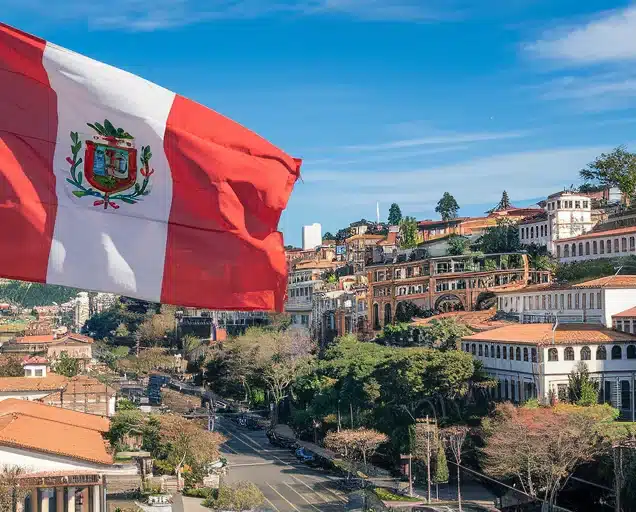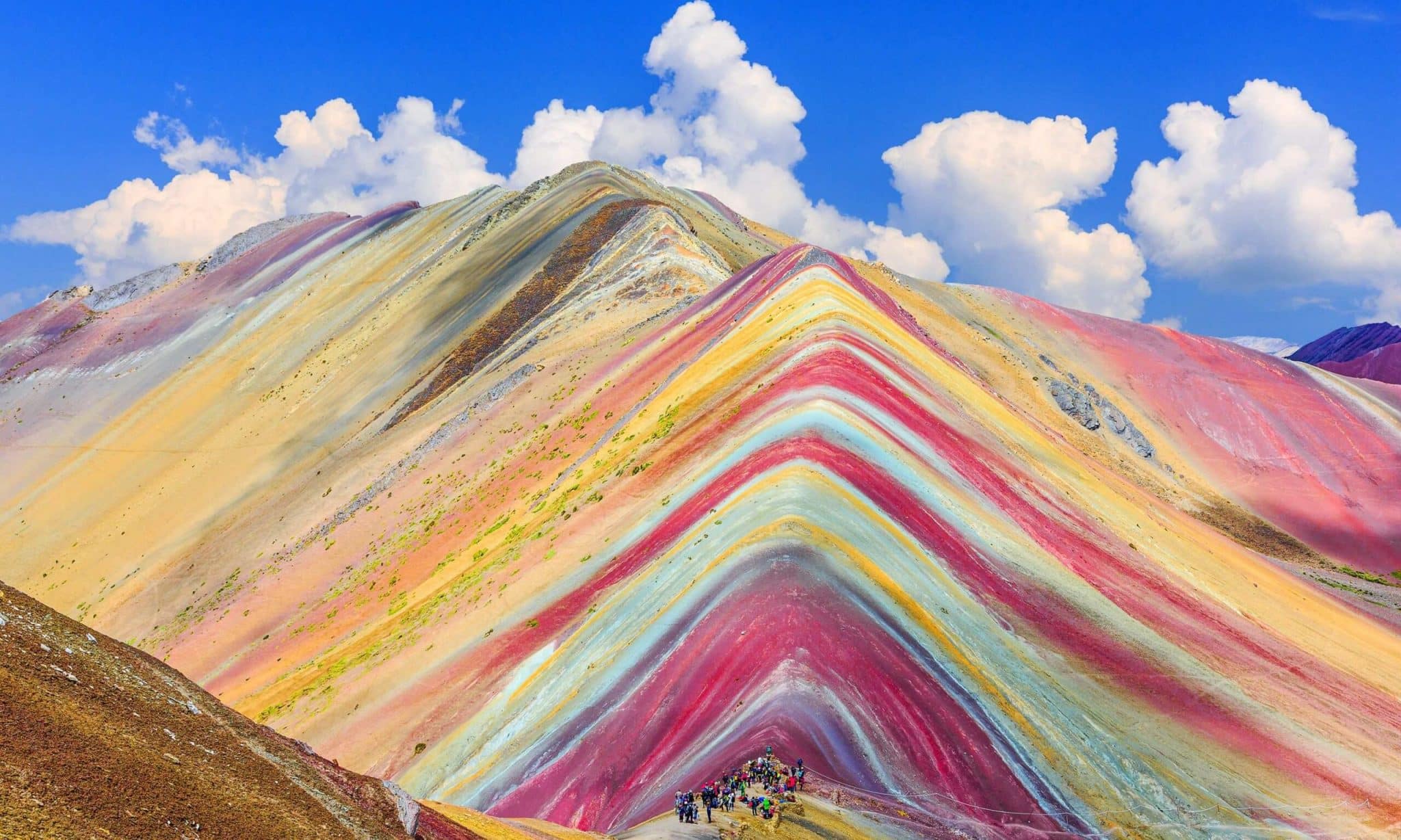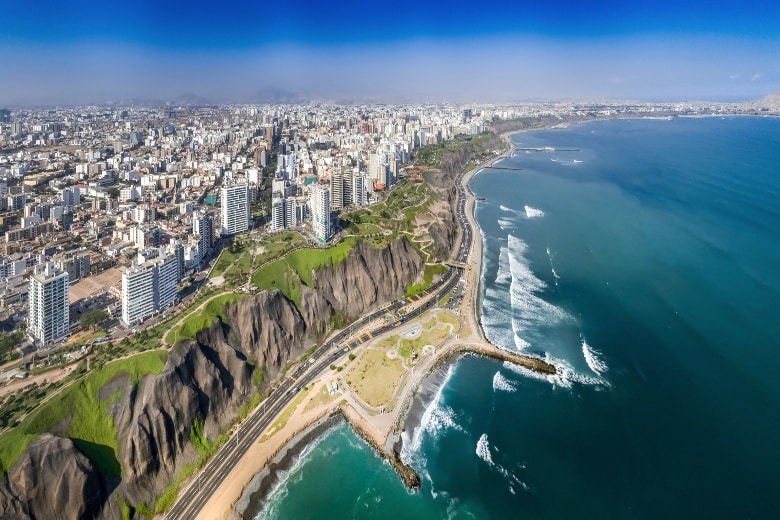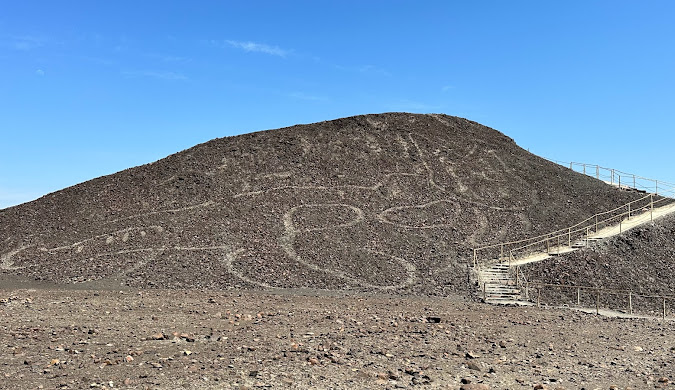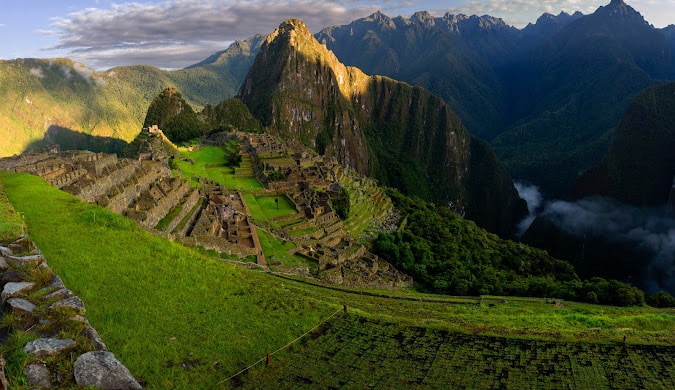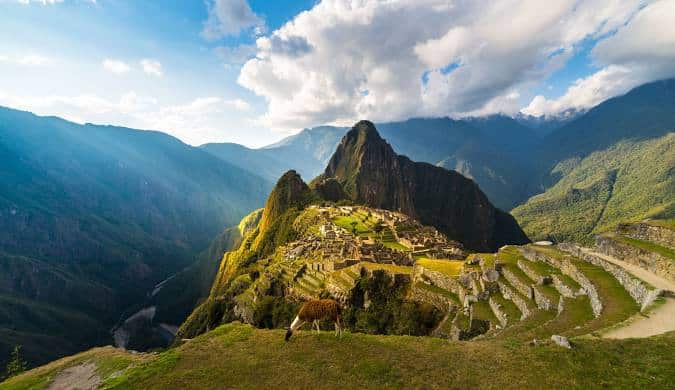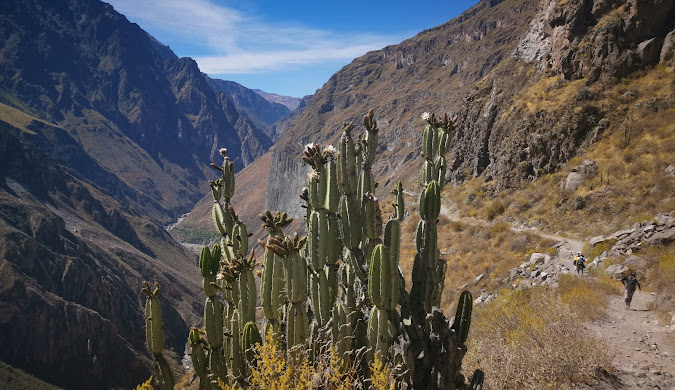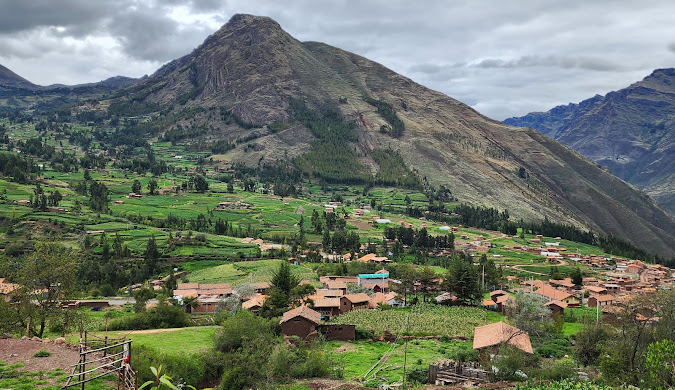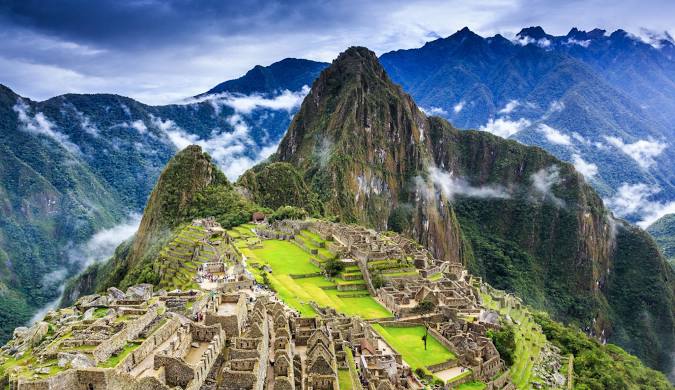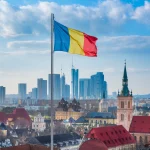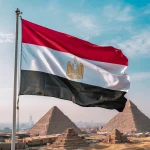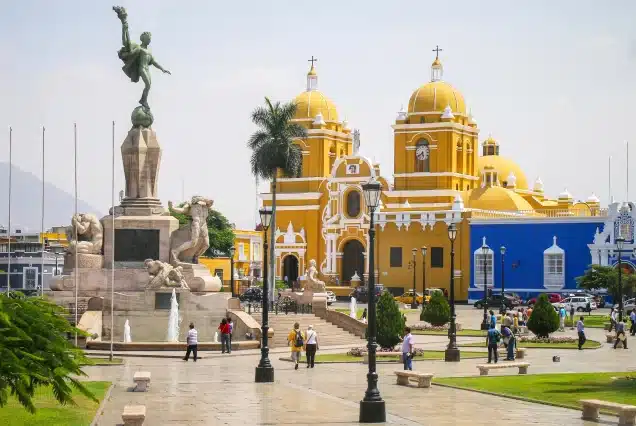

Discover Peru
Sights
Map
Info
Peru is a beautiful South American country known for its rich history, natural beauty, and cultural heritage. The country offers stunning mountain landscapes, UNESCO-listed heritage sites, and iconic locations like Machu Picchu and Cusco, making it an ideal destination for both cultural and outdoor tourism. When planning your trip, it’s helpful to be informed about visa and passport requirements, transportation and accommodation options, and dining and cultural practices. Additionally, practical tips about the local cuisine, shopping opportunities, and language barriers can help you make the most of your visit.
Visa and Passport Requirements
Visa-Free Entry: Citizens of the European Union, Turkey, and many other countries can enter Peru visa-free for up to 90 days.
Passport Validity: Visitors must ensure their passport is valid for at least six months from the date of entry into Peru.
Visa Application: Travelers from countries requiring a visa can apply through Peru’s embassies or consulates.
Transportation
Buses: Buses are widely used for both intercity and intracity travel, and they are generally affordable. Overnight buses are popular for long distances.
Taxis: Taxis are a convenient and affordable way to get around, particularly in Lima and Cusco, but it is advisable to use trusted apps or hotel services.
Car Rentals: Renting a car is popular for exploring rural areas and natural parks; traffic drives on the right.
Accommodation
Luxury Hotels: Five-star hotels are available in major tourist cities like Lima, Cusco, and Arequipa.
Mid-range Hotels: Affordable and comfortable hotels near city centers offer convenient stays.
Hostels and Apartments: Budget-friendly hostels and short-term rental apartments are widely available for travelers seeking economical options.
Dining
Local Cuisine: Peruvian cuisine is renowned for its diverse flavors, with dishes like ceviche, ají de gallina, and lomo saltado being local favorites.
Restaurants: Traditional Peruvian food is widely available in restaurants, along with international cuisine options in larger cities.
Coffee Culture: Coffee is an integral part of social life in Peru, and local cafés are popular gathering spots for both locals and tourists.
Cultural Considerations
Religion and Beliefs: Peru is predominantly Catholic, and it is important to be respectful when visiting churches and religious sites.
Dress Code: Casual and modern attire is common, but more conservative clothing is recommended when visiting religious sites.
Hospitality: Peruvians are known for their hospitality, and politeness in social interactions is highly valued.
Language
Official Language: The official language is Spanish, though Quechua and Aymara are also spoken in some regions.
Foreign Language: English is commonly spoken in tourist areas, especially among the younger population.
Translation Apps: Translation tools and apps can help bridge communication gaps, particularly outside major cities.
Technology and Communication
Wi-Fi Access: Free Wi-Fi is widely available in city centers, hotels, and cafés.
Mobile SIM Cards: Local SIM cards are easy to obtain, offering affordable data plans for visitors.
Shopping and Payment
Cash and Cards: Cash is commonly used, but credit cards are accepted in most larger businesses in urban areas.
Currency Exchange: The Peruvian Sol (PEN) is the official currency, and U.S. dollars can be easily exchanged at currency exchange offices.
Bargaining: Bargaining is common in traditional markets and is part of the local shopping experience.

